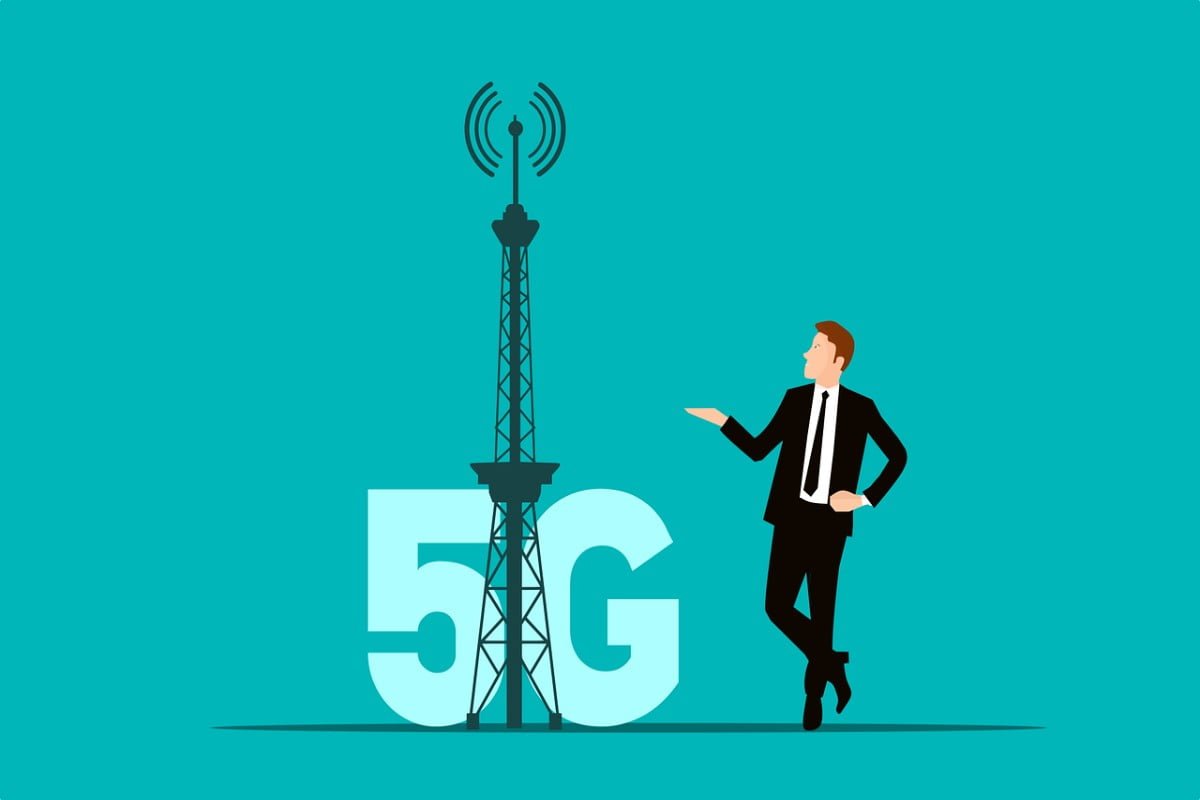We know that the Telecom Regulatory Authority of India (TRAI) is already piloting a test in multiple locations of the country to check how street furniture can be leveraged for deploying small cells to offer better 5G. Now, the regulatory body has also floated a consultation paper on the use of street furniture to see how aerial fiber and small cells can be used to deliver 5G to people around the country. In the consultation paper, TRAI has asked 17 questions related to incentivising the use of small cells and a broad framework for deploying them.
Macro Cells Should be Deployed to Complement Small Cells, Says TRAI
In its consultation paper, TRAI said that macro cells should also be deployed with small cells so as to support all kinds of uses and applications at all locations. The regulatory body explained that the mass deployment of small cells is critical for the high-scale adoption of 5G services in India. This is because higher-frequency bands at which 5G networks will operate will have very low coverage/range and thus will require the presence of micro-sites (small cells) to extend and boost the coverage. TRAI said that a small cell is a low-powered radio access node or a base station that operates in license or unlicensed spectrum, which has a coverage range of a few meters or up to a few hundred meters. The regulatory body has asked in its consultation paper whether the existing RoW (right of way) rules are correct for the dense deployment of small cells. TRAI explained that a small cell is very easy in handling and is quite portable, making it very convenient and simple in deployment and can be very useful in boosting coverage in local households and buildings. The use of street furniture for the deployment of small cells is very important, and the same has been voiced by the telecom industry time and again now.
